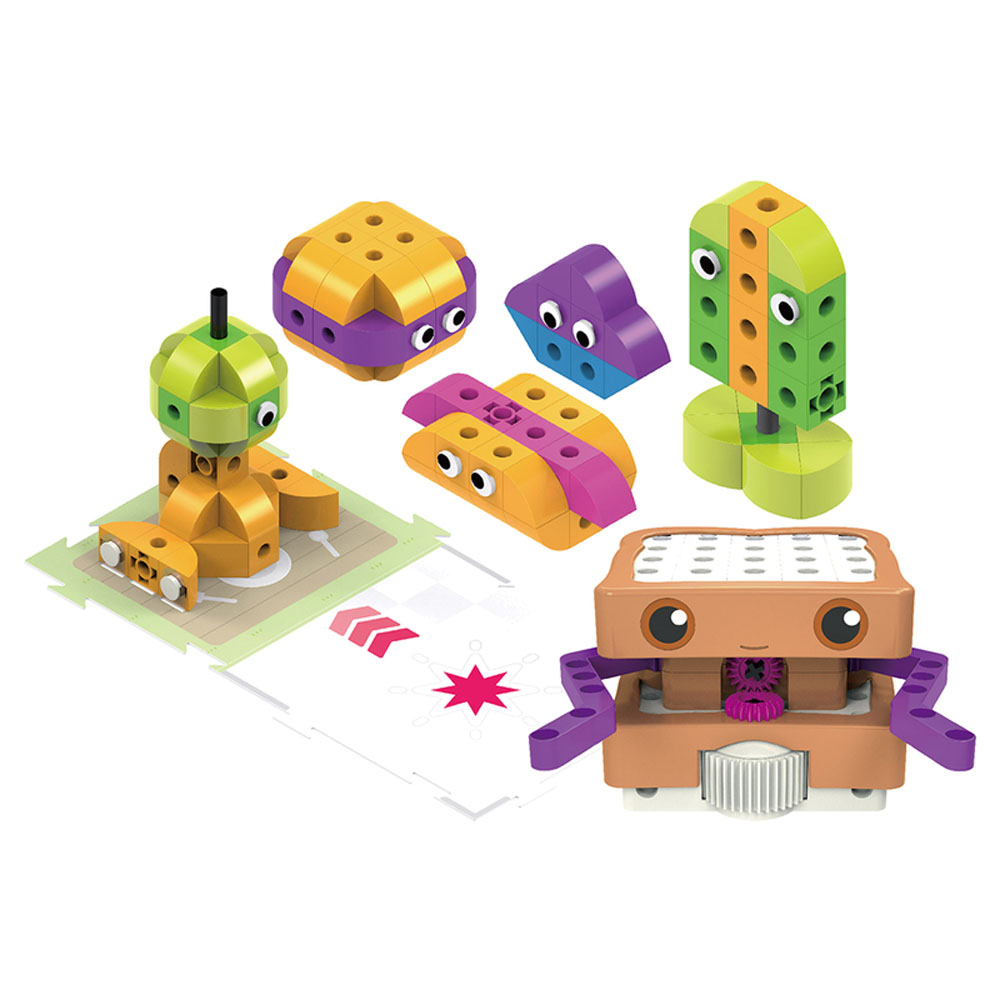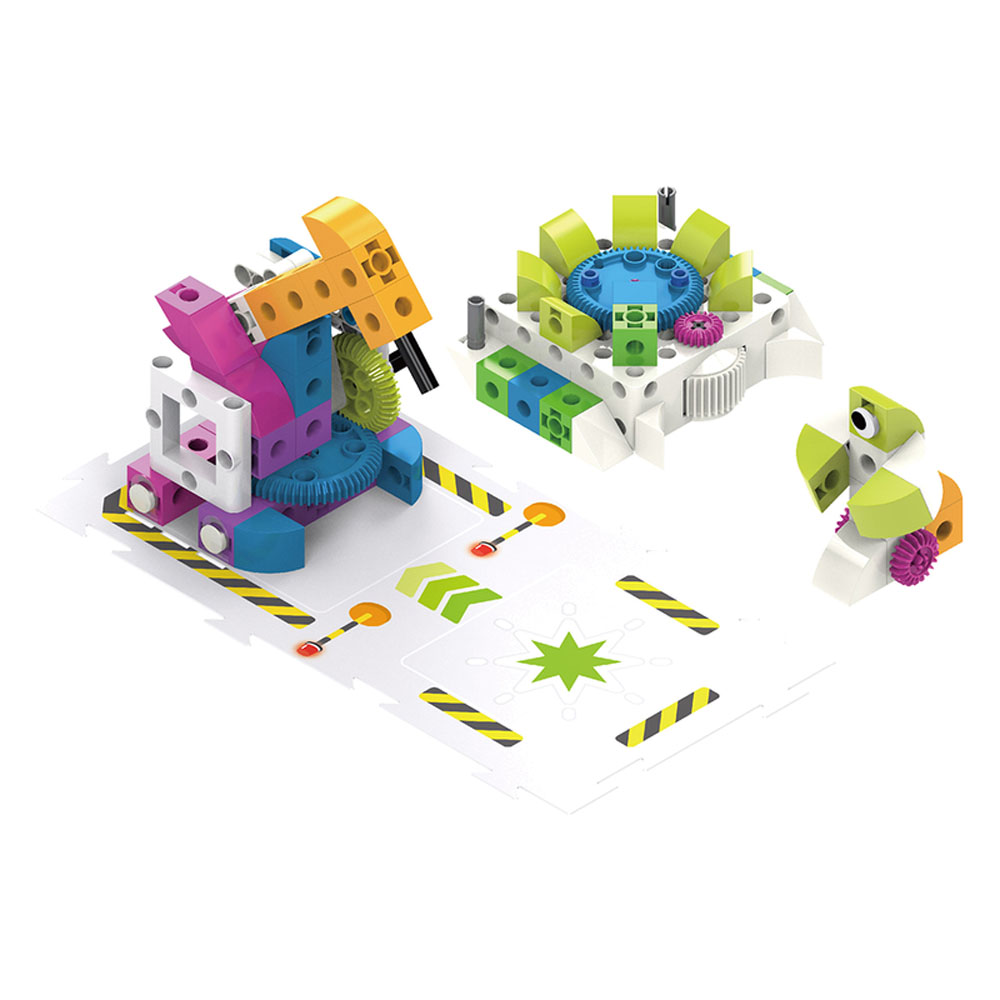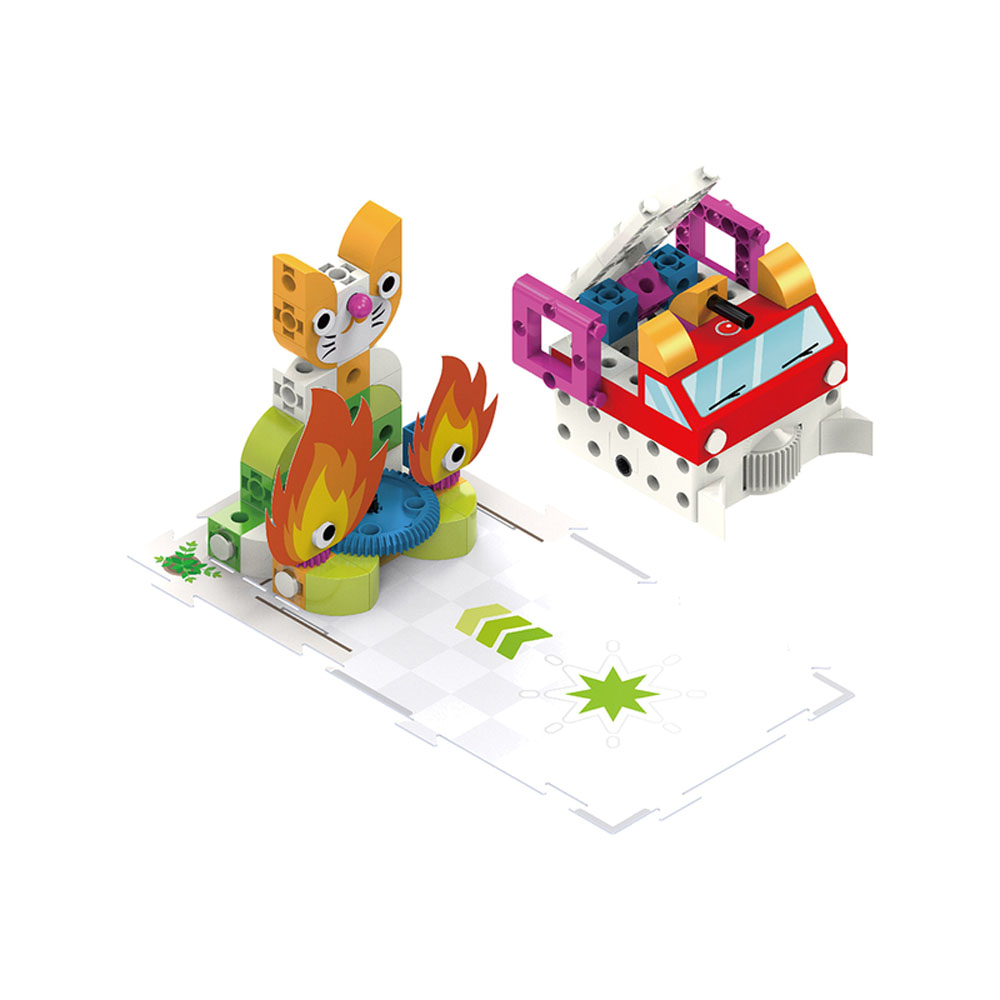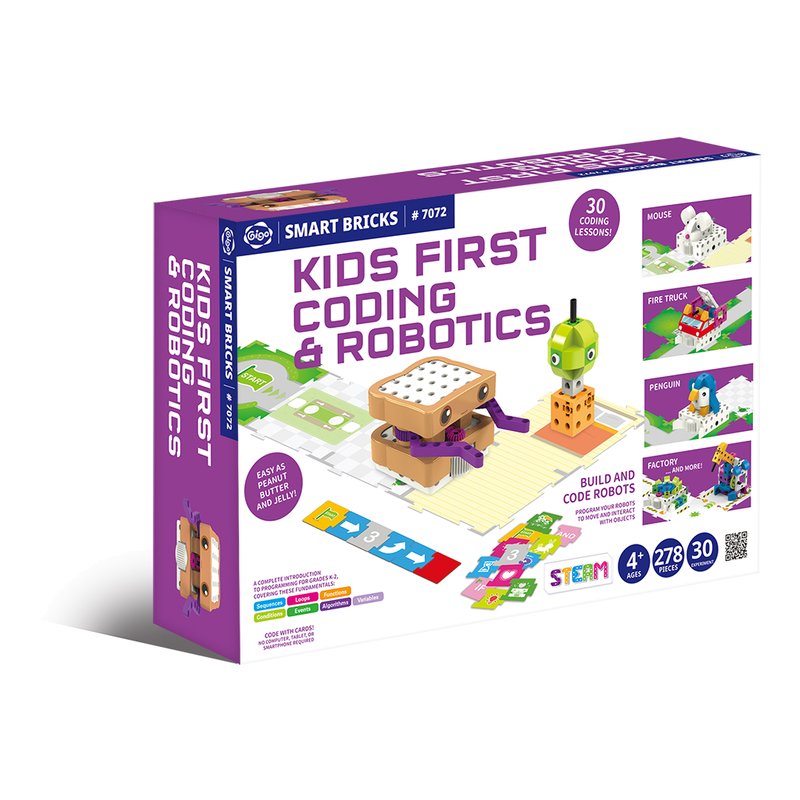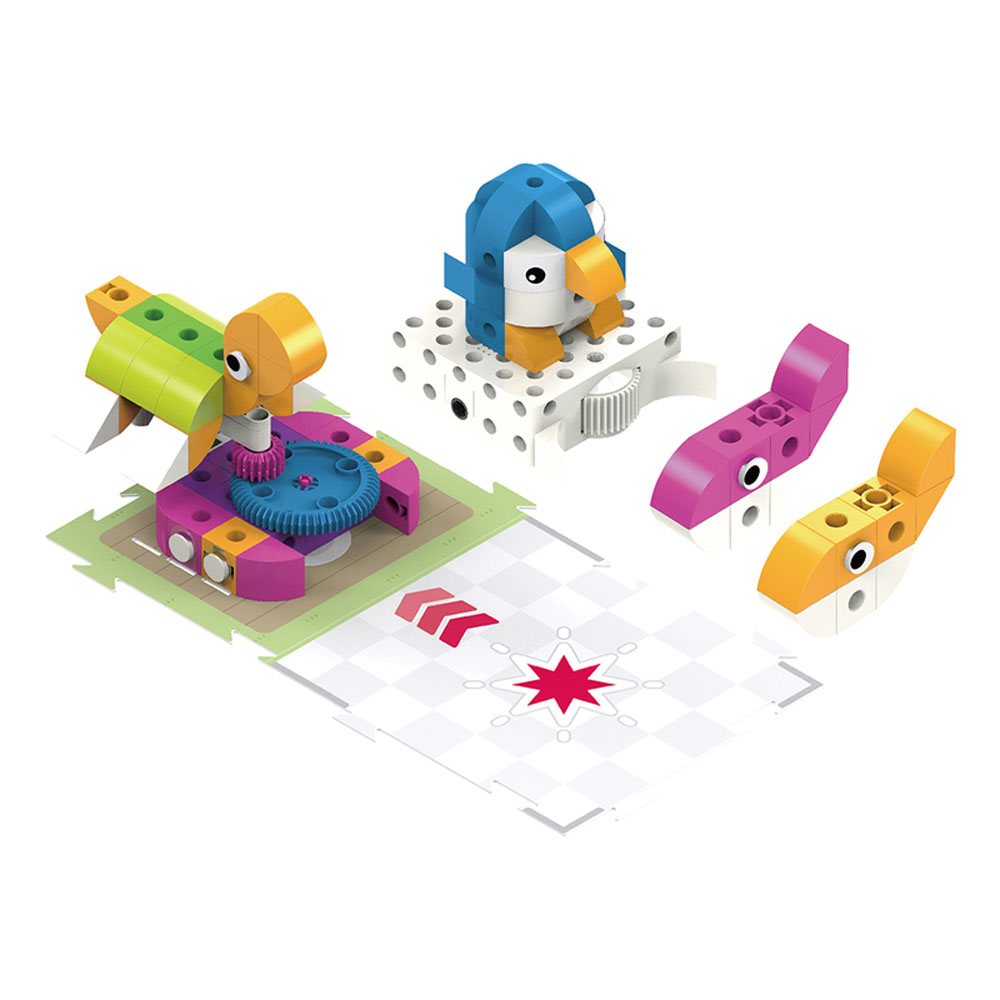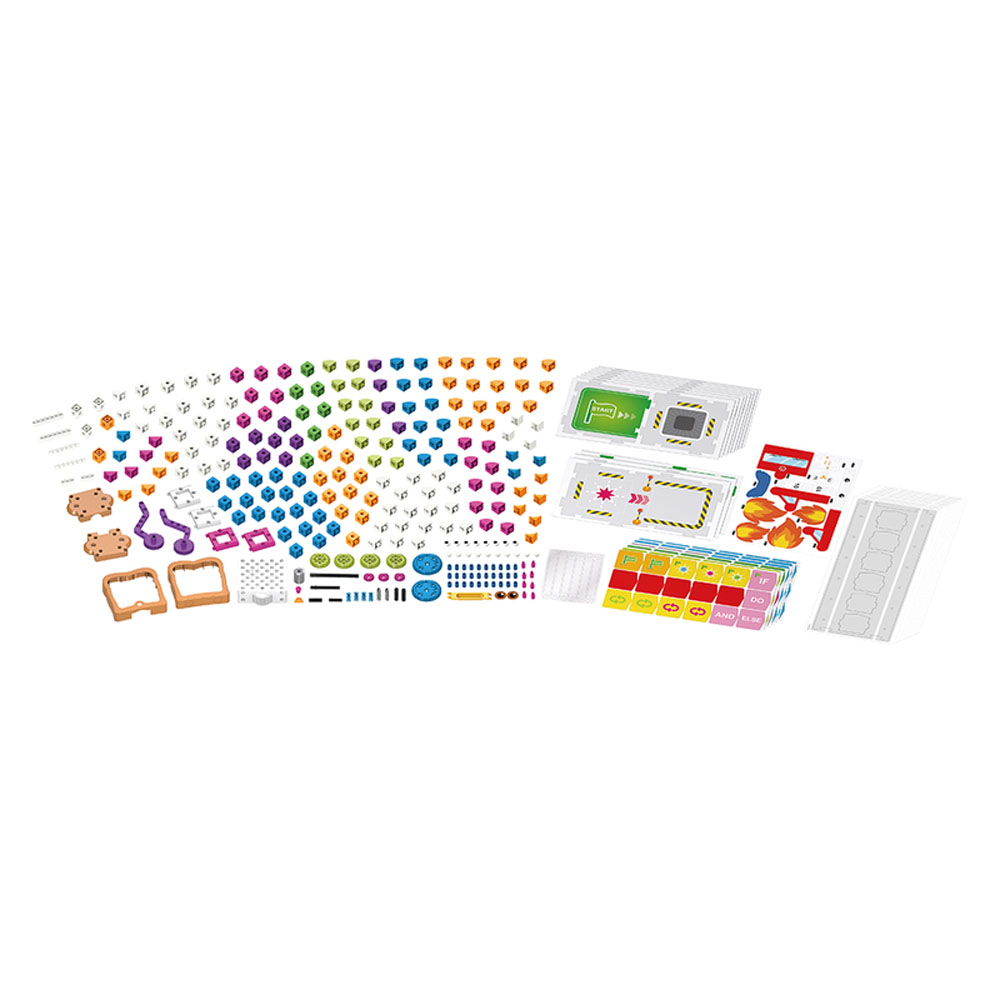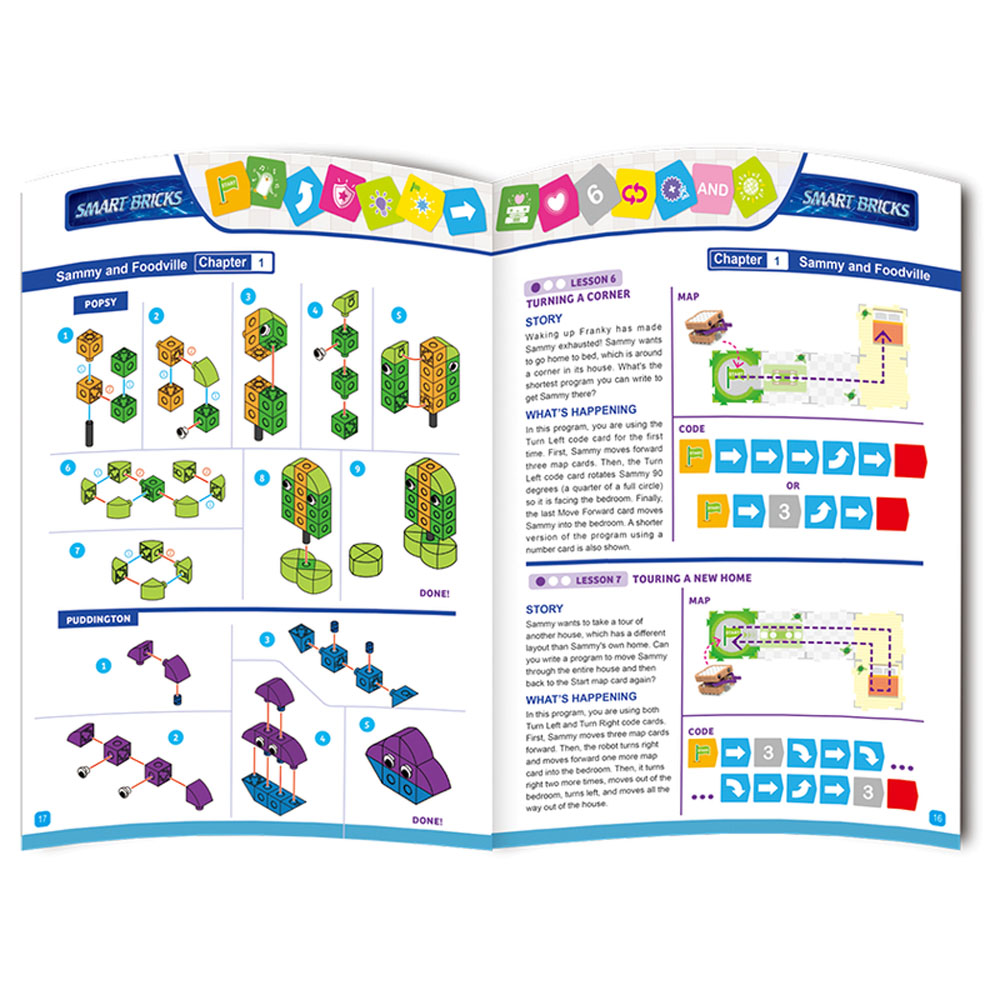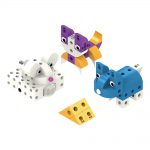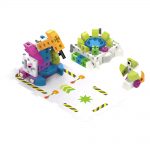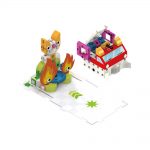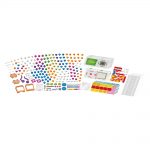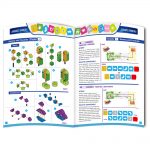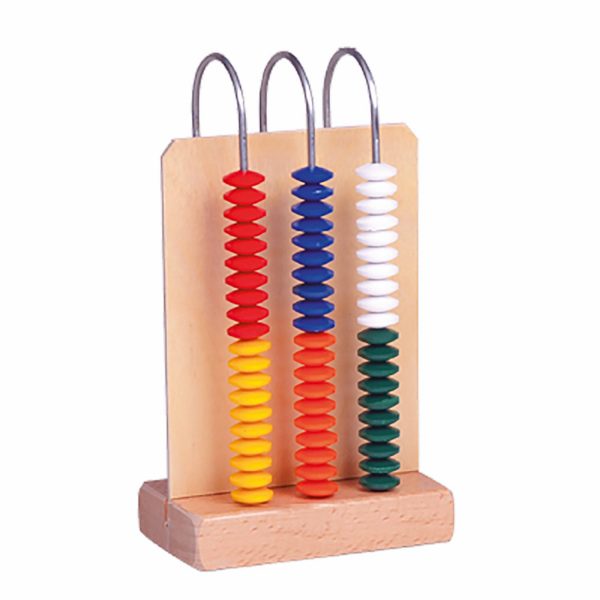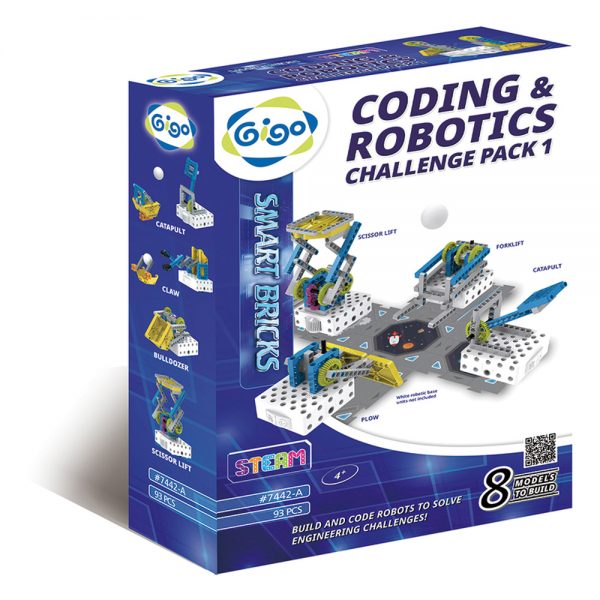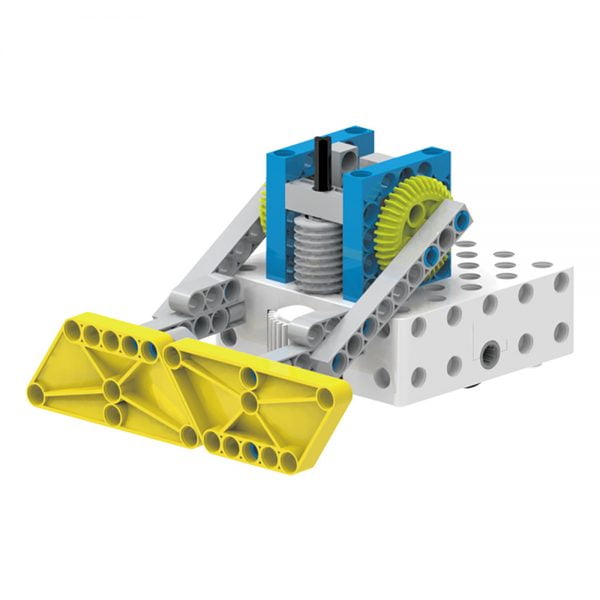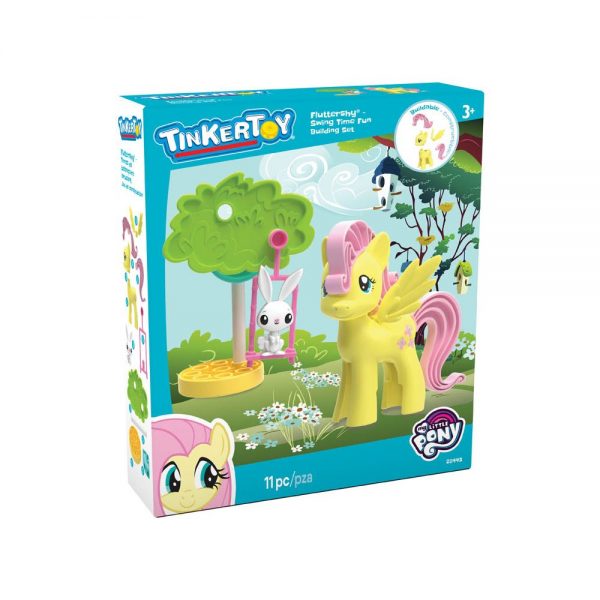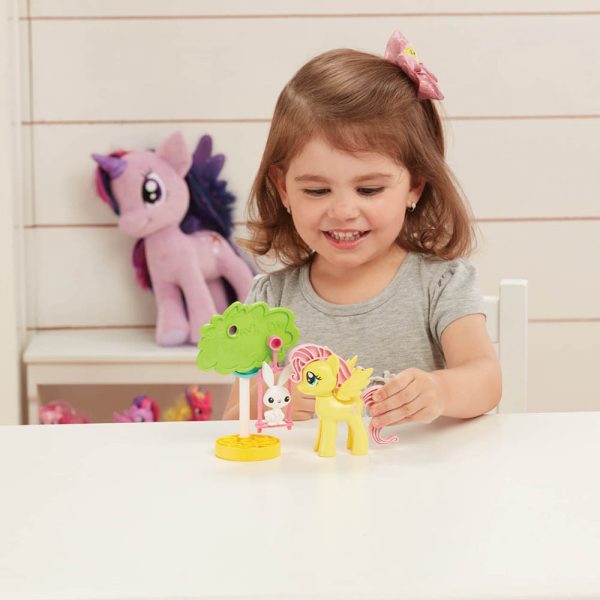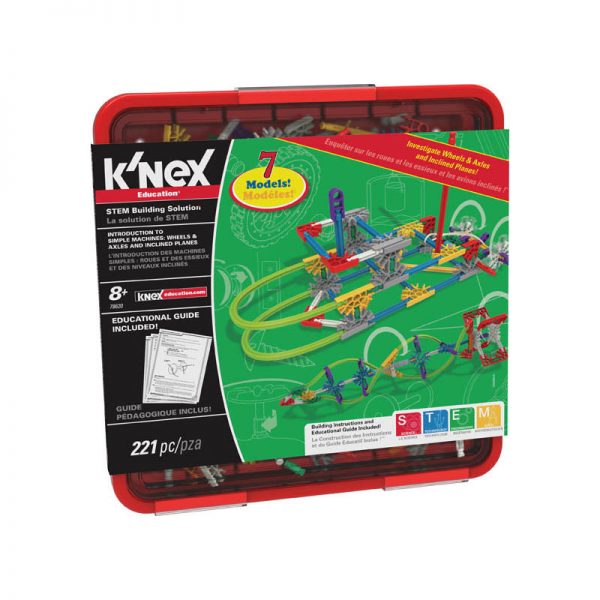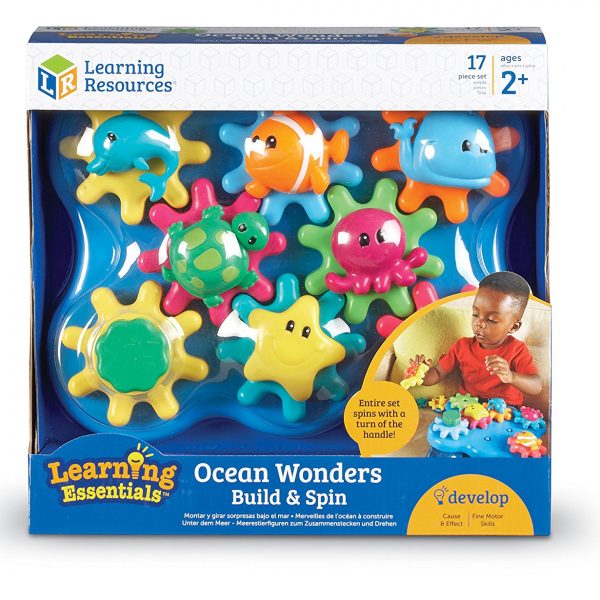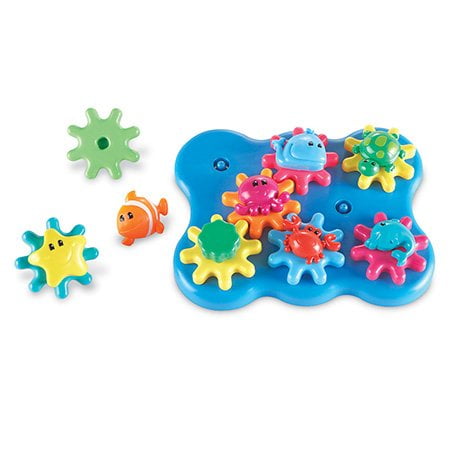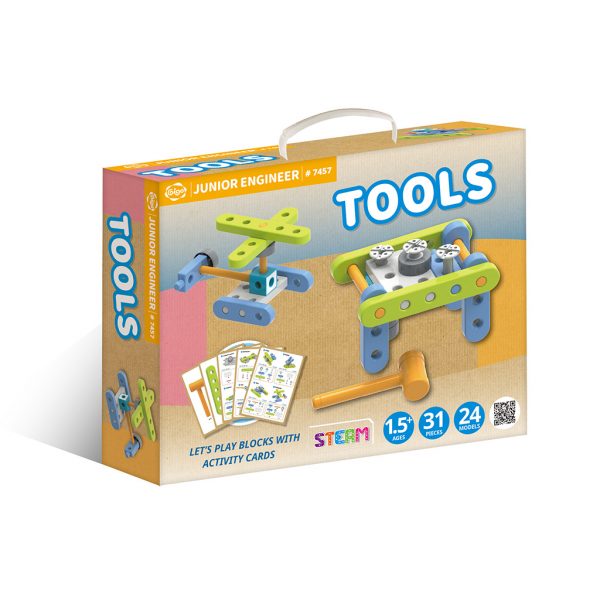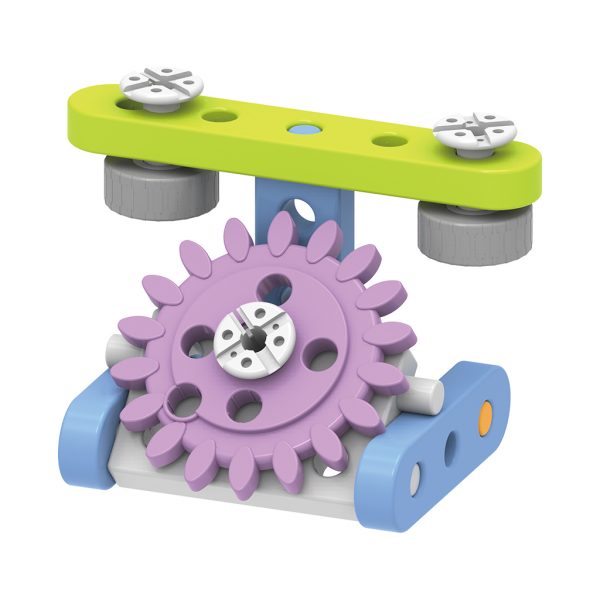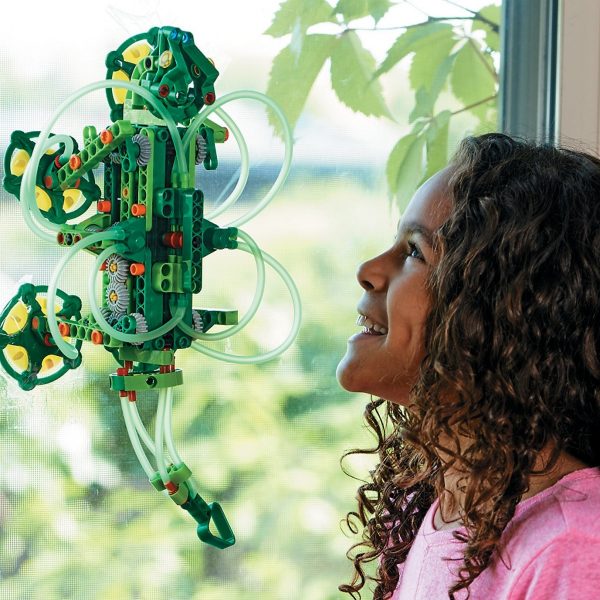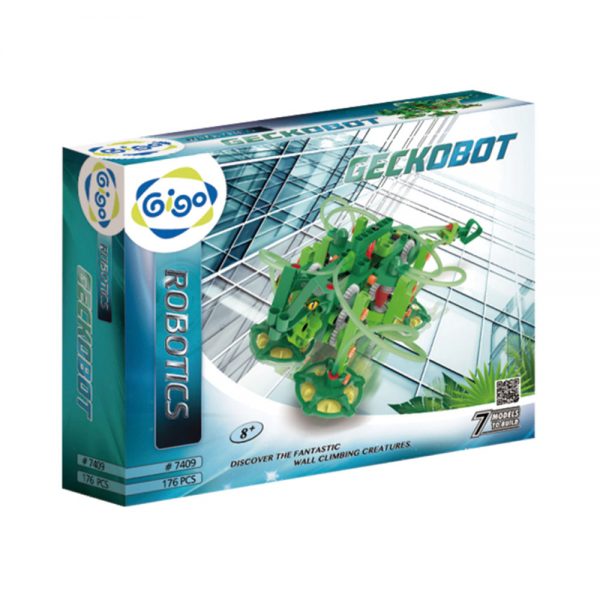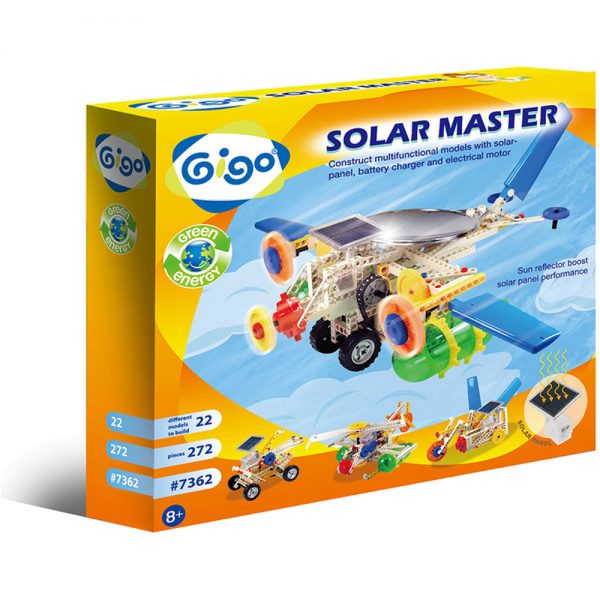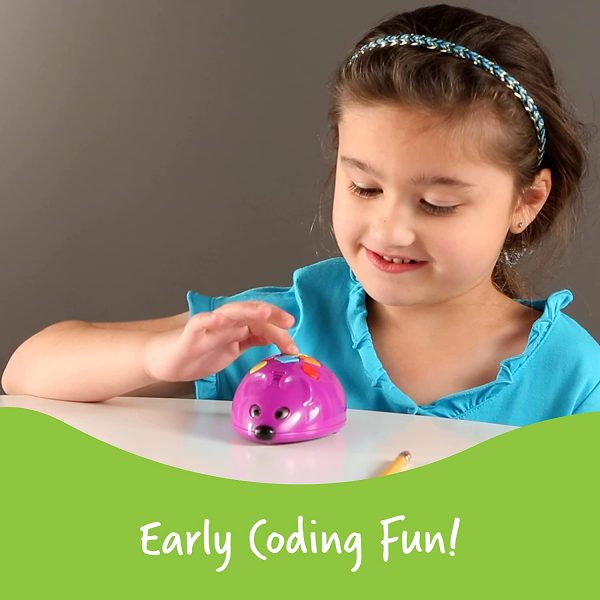Think – Create – Code!
Programming Education Robot
Programming Education Robots can learn numerous basic coding program concepts by completing our lesson challenges which encourage hands-on involvement with the robot and the story cards. There are many scenarios and stories to make learning fun! It is an ideal toy for a child to learn basic coding logic. Requires no additional technology like tablets or smartphones. This product includes 30 story cards, 120 coding cards, 1 Base Unit, and an assortment of blocks, for building different models. The “Base Unit” reads the coding cards which command it to move (FWD, BWD, turn L/R, pause, and spin). These are external gear on the Base Unit that can interact with other models or functions on the robot. It comes with sound and light effects. Requires 3 AA/LR06 batteries – not included.
Meet Programming Education Robot. This cute little peanut butter and jelly sandwich is actually a robot that teaches coding principles and skills to children in grades K-2. You don’t need a tablet, smartphone, or computer to program this robot; programs are created by simply laying down a sequence of physical code cards. As the robot drives over the code cards, an OID optical scanner on the bottom of the robot reads the code cards one by one and loads the program. Next, place the robot on a grid made of map cards, and the robot runs the program. You can program the robot to move in different directions. Activate its output gear, light up its LED, play sounds, and respond to different function cards. The integrated output gear makes it possible to build simple robotic creations with arms or other moving parts that respond according to the program’s instructions.
Lessons
This robot kit also teaches physical engineering and problem-solving skills through a series of building and coding lessons. The 34 lessons are aligned with standards for computer science education developed by the Computer Science Teachers Association (CSTA) and the International Society for Technology (ISTE) Education, as well as courses from Code.org. The lessons progress in complexity through the illustrated manual. Allowing the kit to be appropriate for a child as young as four years with help from an adult and as old as eight years. The lessons cover these six key areas in coding: sequencing, loops, events, conditionals, functions, and variables.
In addition to Sammy, there are five other stories, each with a series of model-building and coding challenges and lessons related to it: a mouse moves through a maze to find cheese; a penguin wanders around a zoo; a soccer player moves a ball into the goal; a fire truck puts out a fire, and a factory robot performs tasks in a factory scene. A full-color illustrated manual guides users through the coding lessons and the assembly of the different models.


 Botzees
Botzees Keyestudio
Keyestudio Fischertechnik
Fischertechnik